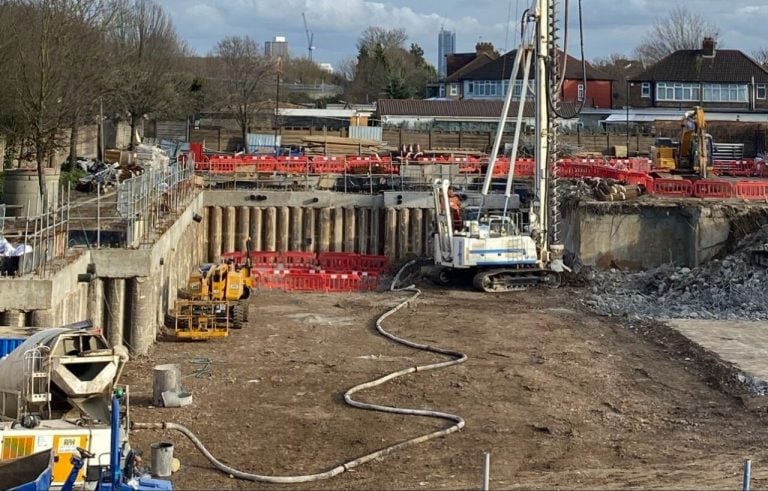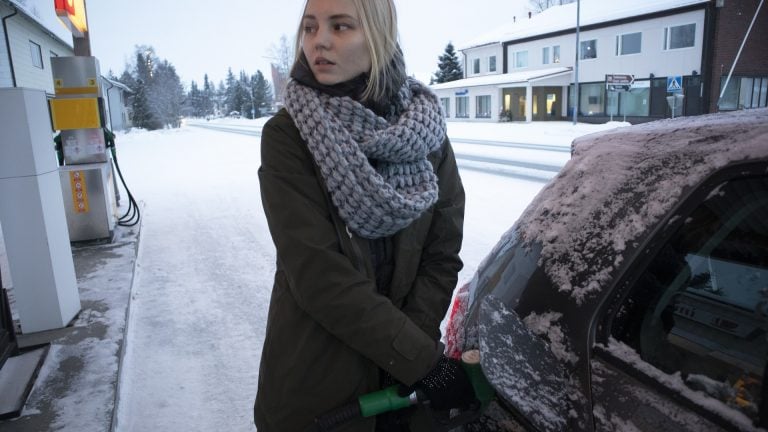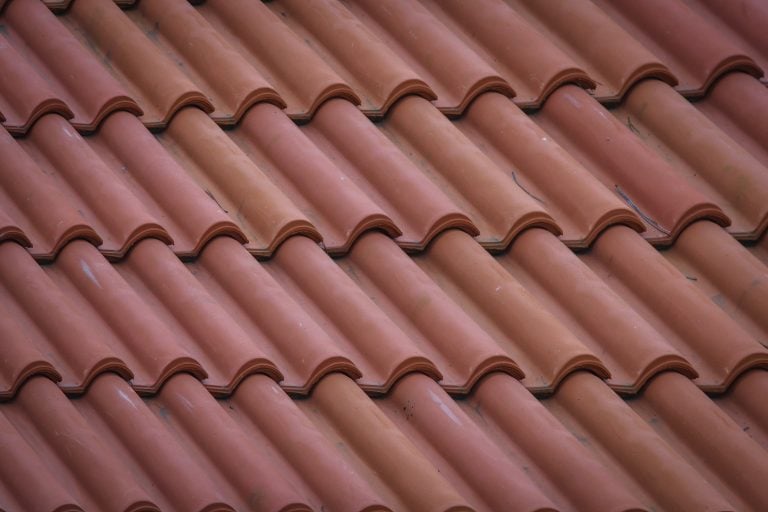Do Salvias Come Back Every Year
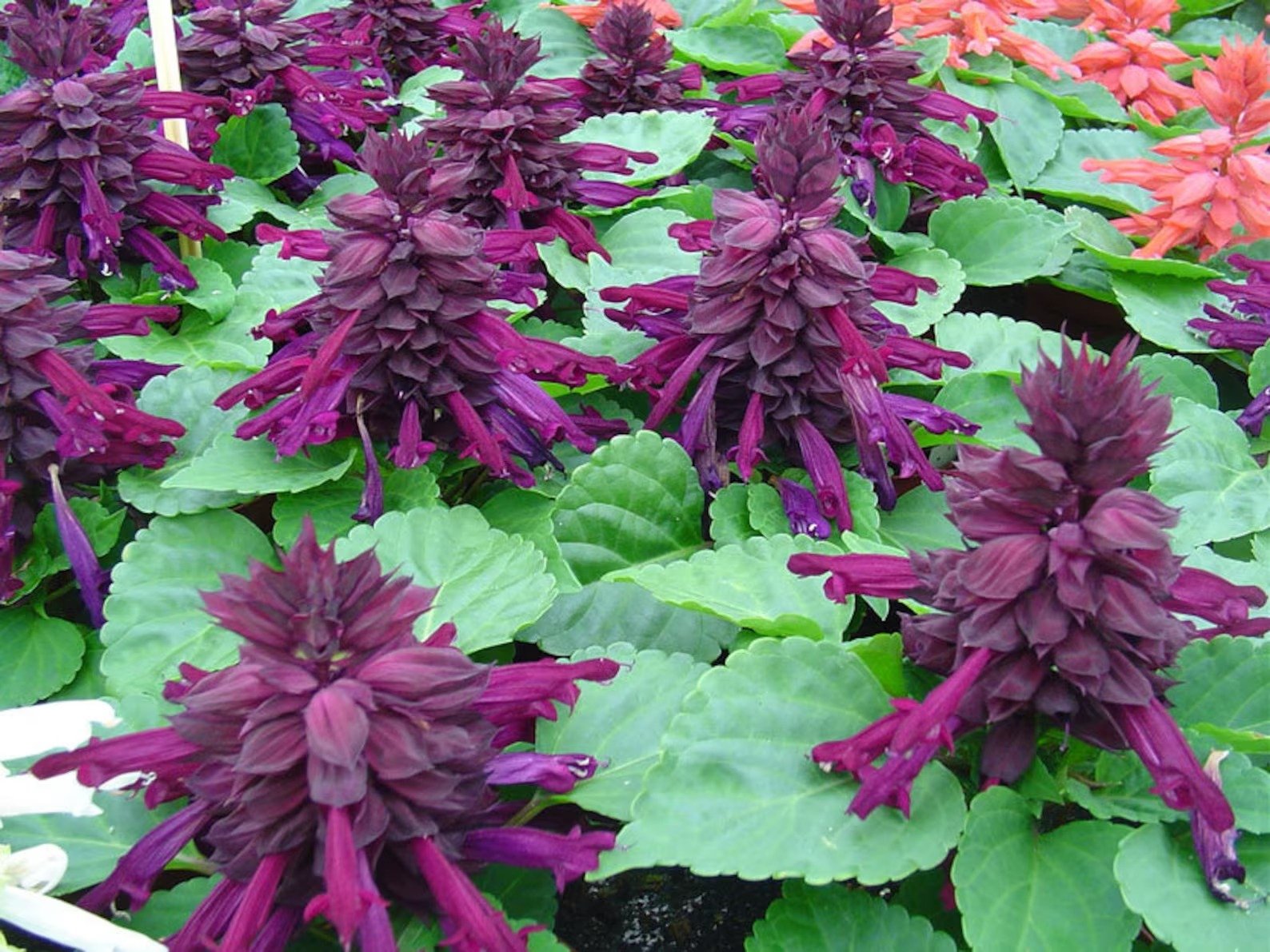
Table of Contents
Salvias, also known as sages, have captured the attention of gardeners and nature lovers with their magnificent beauty and fragrant leaves. Due to their adaptability and great range of sizes, colors, and shapes, these plants are a preferred garden option. But whether salvias come back year after year or if they are transient annuals that need to be replanted is a popular query among both inexperienced and seasoned gardeners.
You will also explore the variables that affect their recurrence, including the impact of pruning and climate and maintenance routines. Know the secrets behind the perennial beauty of salvias in pots and learn how to keep them vibrant every year.
What are Salvia Plants?
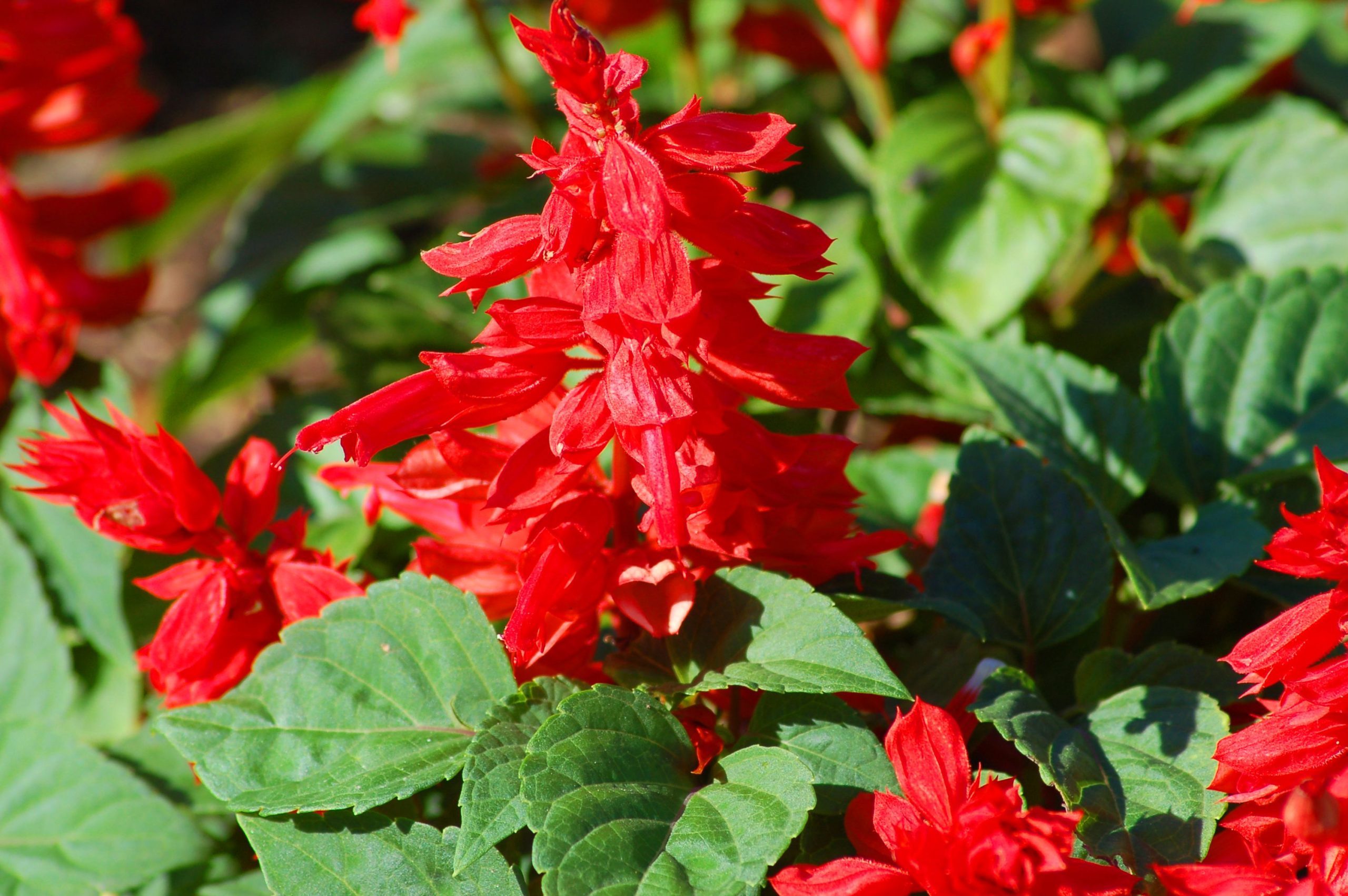
Salvia plants, also called sages, are a varied genus of plants that are valued for their fragrant leaves and eye-catching blossoms. They are available in various sorts, offering diverse sizes, hues, and forms. Like common sage, some are grown for their aesthetic value in gardens, while others are used for cooking and medicinal purposes.
These plants also draw pollinators like bees and butterflies. Hence, salvias provide a beautiful and functional addition to both gardens and kitchens.
Do Salvia Plants Come Back Every Year?
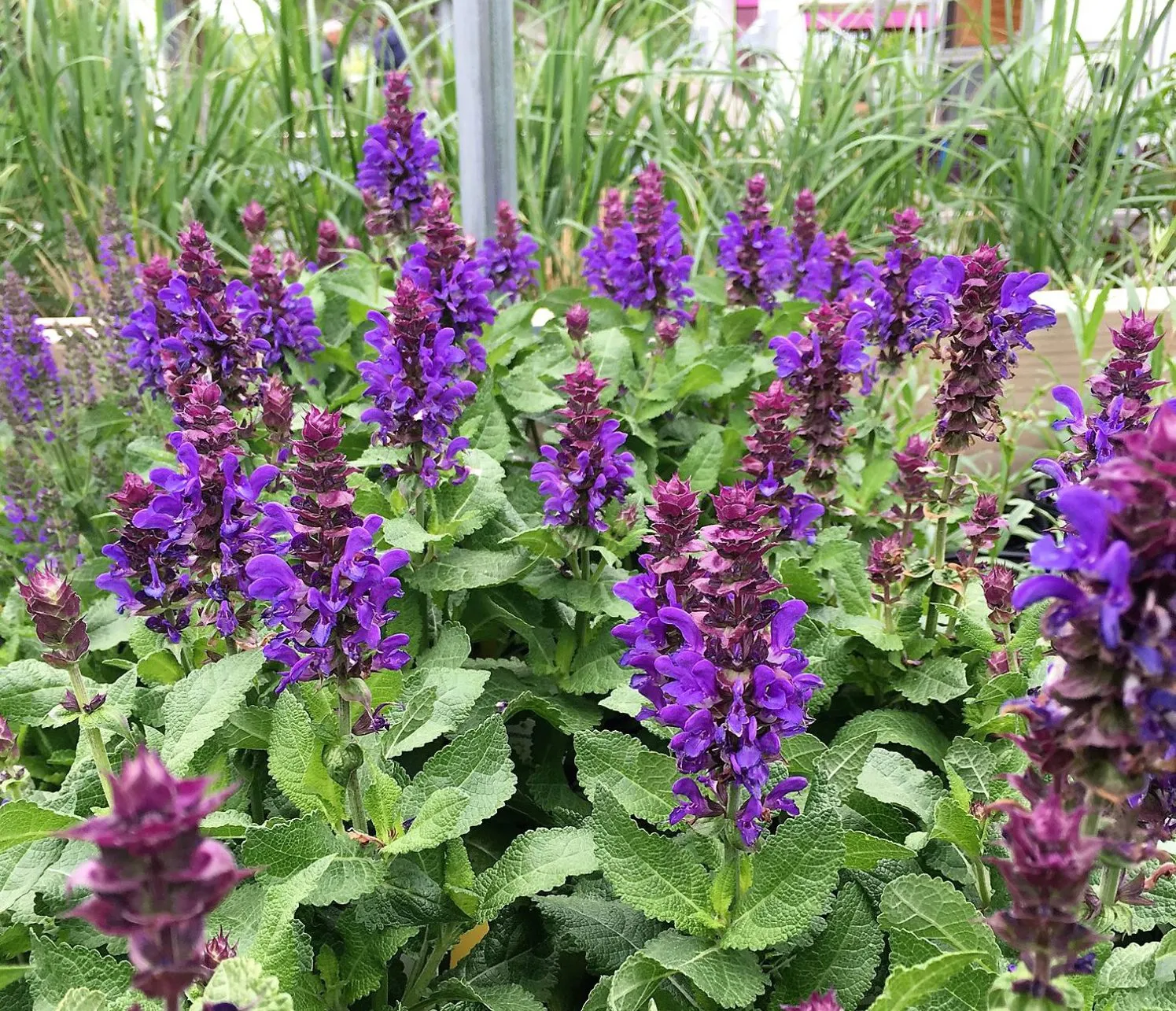
Salvias include a wide range of species, each with its growth habits and lifecycle. The perennial and annual nature of salvias depends hugely on the specific type you choose to cultivate. You can explore both of them below:
Firstly, the annual salvias, such as salvia splendens and salvia coccinea, complete their life cycle in a single growing season. During this time, they are mostly flowering. While they produce colorful blooms, they do not come back the next year without being replanted.
On the other hand, many salvias have the capacity to bloom year after year when given the right circumstances. The woody or semi-woody stems of perennial salvias are what enable them to endure throughout the seasons. A few common perennial salvias are salvia nemorosa, salvia officinalis, and salvia sylvestris.
Factors Affecting the Return of Salvias Every Year
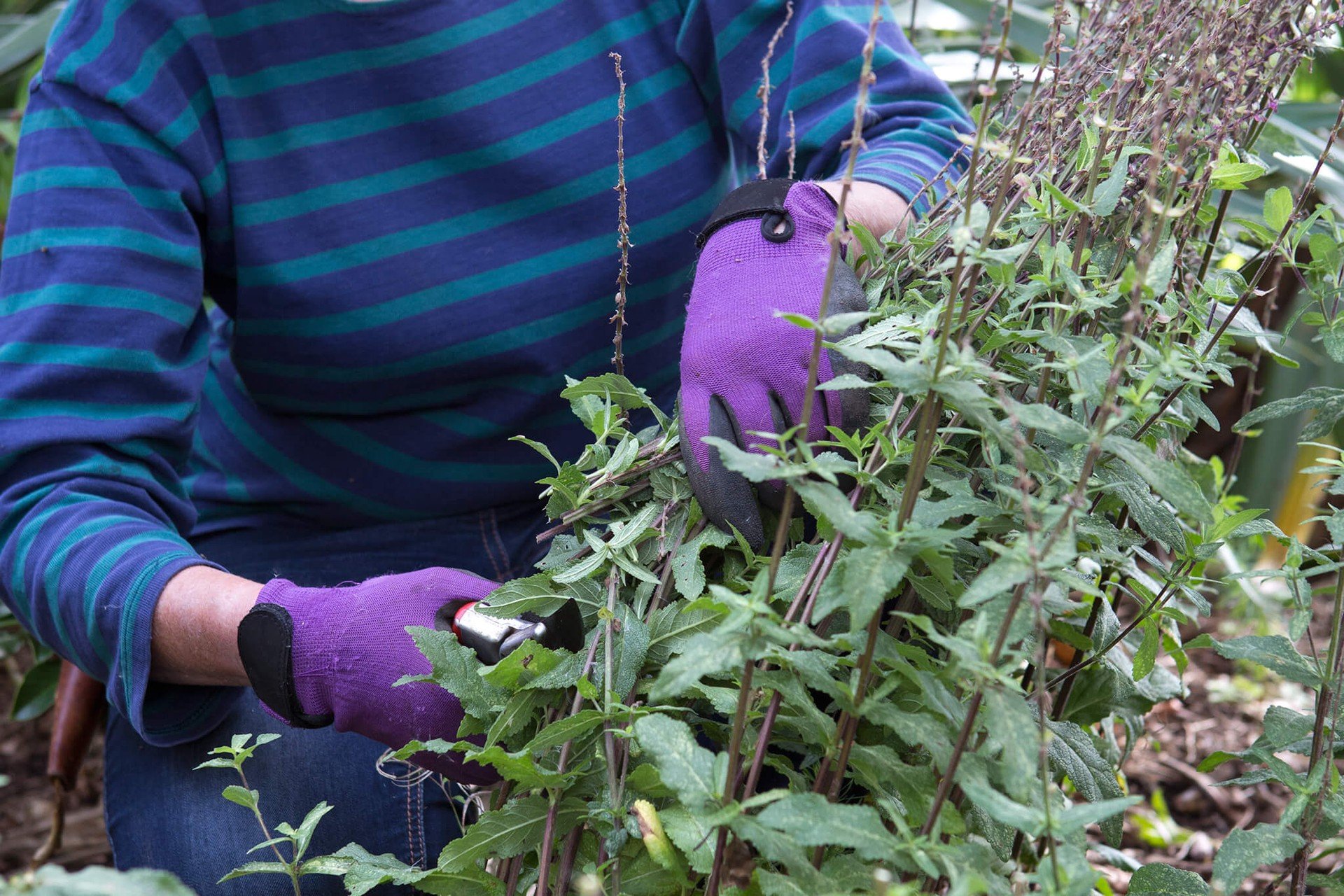
Multiple factors decide whether the salvia plants will return or not. Check out the factors listed below:
1. Hardiness Zone
Salvias are perennial plants. Thus, it is essential to determine your region’s USDA plant hardiness zone. Choose the kinds appropriate for your zone that can withstand the harsh winters in your area to ensure their return.
2. Climate Conditions
The local climate has a significant impact on the return of salvias. Salvias prefer mild winters since cold temperatures can harm or kill the plants. Thus, gardeners need to take extra care to prevent these plants from dying.
3. Proper Care Practices
To make sure that salvias reemerge the following year, you will need to take proper care of them. The crucial elements include sufficient irrigation, well-drained soil, and frequent pruning. You must keep the soil moderately moist and have a sound drainage system available to avoid root rot.
4. Winter Protection
The provision of winter protection is essential in areas with severe winters, as discussed above. Plants can be protected from extremely cold temperatures and temperature swings by mulching the area around their bases or by covering them with frost cloth.
5. Soil Quality
Salvias’ return also depends on the condition of the soil and drainage system. Organic matter can be added to thick or poorly drained soil. You must take proper care of the soil you use to plant the salvias in the pot.
6. Plant Age
Older salvias are mostly resilient and likely to reappear. For the first few years after planting, you must take proper care so they can develop sturdy roots and mature into dependable perennials.
Conclusion
Slavias’ reemergence as perennials depends on several crucial factors, including the USDA hardiness zone, climate circumstances, and appropriate maintenance techniques. You can guarantee the reliable return of these floral jewels season after season by choosing the suitable region for their growth, providing the necessary care, and using aspects like trimming, watering, and checking soil conditions.
Perennial salvias are attractive because of their lifespan, for drawing pollinators, and for improving the aesthetic of the gardens. The perpetual beauty of salvias is to create a sense of continuity from one season to another. It teaches us about the cycle of life created by nature.
Frequently Asked Questions
Do Perennial Salvias Need Particular Maintenance to Reappear Every Year?
Yes, perennial salvias need special attention. In colder climates, regular trimming, deadheading, and suitable winter protection are crucial. They can return year after year thanks to enough irrigation and well-drained soil.
Can I Grow Salvias in Pots or Containers as Perennials?
Salvias in containers can be grown as perennials. In colder climates, it’s essential to pick the optimum container size, ensure suitable drainage, and give winter protection. To maintain the long-term success of salvias as perennials, extra care may be necessary when growing them in containers.
When Should I Prune Perennial Salvias to Encourage Their Return in The Spring?
Late winter or early spring, just before new growth appears, is the ideal time to prune perennial salvias. To promote healthy spring development and secure their reappearance in the upcoming season, remove dead or damaged growth from the previous year.


